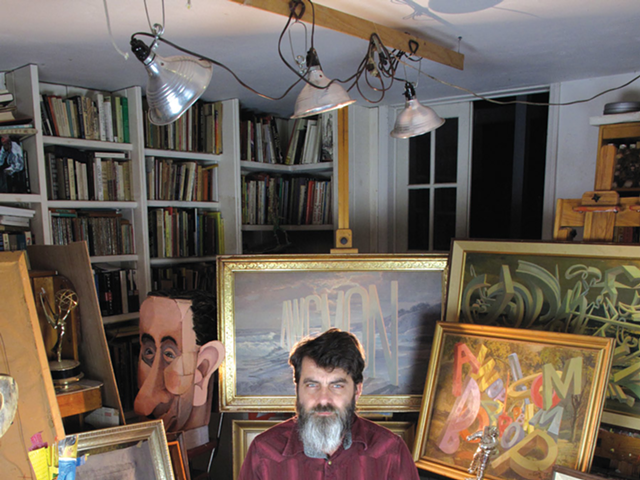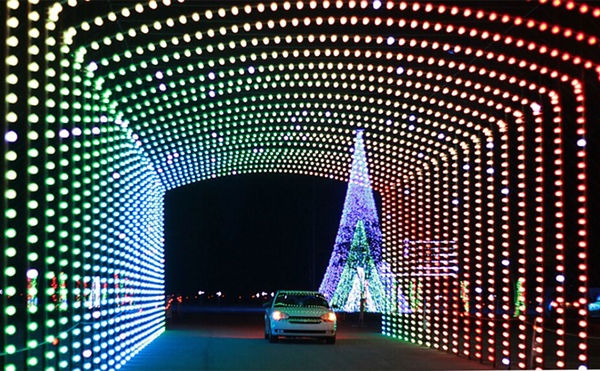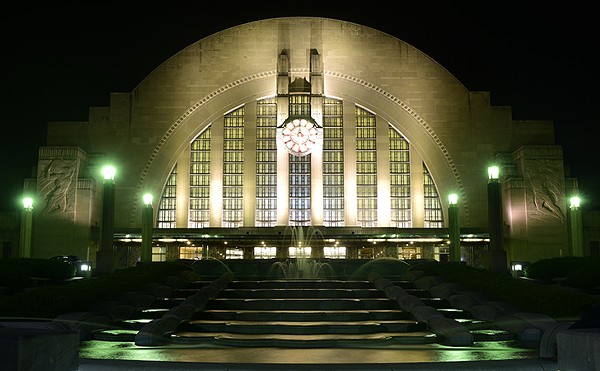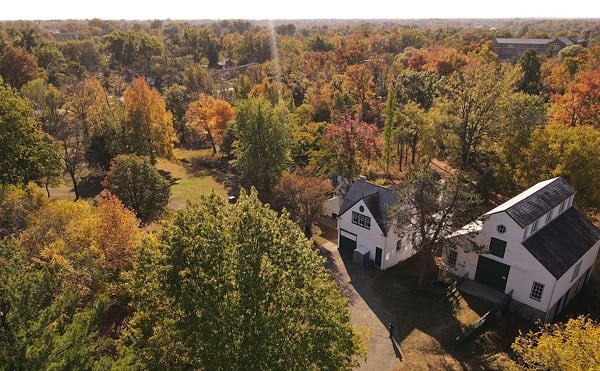My grandmother would say to me, in German, “Paper is patient,” explaining that one could write anything he or she wanted on paper, whether true or false. In her diary, Anne Frank used a variation of the phrase, observing that, “Paper is more patient than man.” Paper won’t dismiss your ideas, no matter how different they are.
Though I’d always associated the quote with the written word, I was reminded of it while considering Pulp Art, a show by 11 paper artists at the Carnegie Visual and Performing Arts Center. Think about how patient and forgiving paper is — getting cut, folded, glued, inked, torn or just thrown away. Then imagine how patient paper artists are — cutting, folding, gluing and often recycling what’s been carelessly tossed.
The Main Gallery’s centerpiece, “To see you with” by Kristine Donnelly, is testament to the time devoted to these artworks. The Highlands High School teacher spent four years (2008-2012) hand-cutting patterns out of large screen-printed sheets of vellum. Lacy curtains of pink, white and red hang under the Carnegie’s dome from the second-floor overlook. They are towers of fragility and strength. Donnelly’s passion for paper obviously is heartfelt, so it’s fitting that the work’s colors and patterns make me think of blood vessels — also delicate yet wondrously strong and resilient. Gallery director Bill Seitz says Donnelly’s art inspired him to curate a paper show.
A second Donnelly piece, “Ebb and Flow,” is tacked to the wall with pushpins as if it’s an ordinary roll of paper. It is, but it isn’t. A long web of curls spills onto the floor like a wedding veil. The positive and negative spaces create lovely shadows on the wall while at the same time drawing my eyes to the cracks and flecks in the cold, institutional surface underfoot. Seitz points out the pattern of childlike scribbles drawn in pencil on the other side of the Tyvek sheet, and I think about my own mindless doodling. My emotions ebb and flow between getting lost in a fairy tale and staying grounded in the everyday.
Paper is one of the first art materials that youngsters encounter. Inspired by simple snowflakes made by kids, Toledo artist Mary Gaynier spends months cutting seriously complex circles of silliness. From afar, each 40-inch design resembles flowery embroidery, but a closer look reveals UFOs, dogs and dinosaurs. Local printmaker Jonpaul Smith immediately connects visitors with childhood memories of paper airplanes via 400 gliders crisscrossing the Carnegie’s main corridor. On each is the black-and-white image of a doily, individually spray-painted. The title, “Delayed Arrival,” hints at the seven years since the prints were made, as well as the week Smith spent folding and hanging the planes along fishing line. Smith, who also is represented with a huge woven paper tapestry, acknowledges an obsession with assembly and disassembly.
Margaret Rhein has patiently practiced papermaking for more than 35 years. The Westwood resident’s paper pulp paintings look like watercolors, which they kind of are, Seitz points out. Using squeeze bottles of wet pulp, Rhein distributes colors onto a base, then uses a glue solution to fix the image as it dries. Fabric, threads and ephemera fill out her figurative collages. Paper is a calming medium for sorting out life events while assigning titles such as “Comfort Needed” and “Pollyanna’s Optimistic Outlook.”
Rhein figures she’s made thousands of sheets of paper. Eight hundred colorful samples of her work hang and spin like wind chimes in plastic sleeves outside a gallery entrance. Many of the 4-by-6 cards contain bits of flowers, leaves, even insect wings. It’s a space for remembering that paper comes from nature.
Paper is patient and can last centuries. Brazee Street Studios artist Sara Pearce is able to incorporate engravings from the 1800s into her funny, feminist-themed collages. But nature is impatient and more impermanent. Travis Graves of Tennessee presents a clearing of paper logs and sawdust to address dependence on Earth’s resources. He’s also cut tree shapes out of paper bags, creating tiny shadows that pose large, looming questions. Hamilton’s Roscoe Wilson also tackles consumerism and waste, using food boxes and cardboard tubes in his installations. In the floor-to-ceiling work “Beautiful Consumption VI,” brown boxes (trees?) hover over white ones (representing cities?) in a delicate balance. I love the wordplay of another Wilson title, “Petrified Forest,” an assortment of what could be described as “preserved paperboard.”
Like the forests, Pulp Art won’t be around forever. See it before it’s gone.
PULP ART continues through Feb. 15 at The Carnegie Visual and Performing Arts Center (thecarnegie.com) in Covington.






